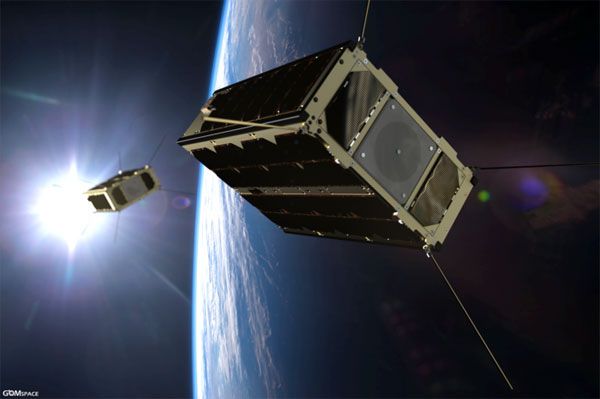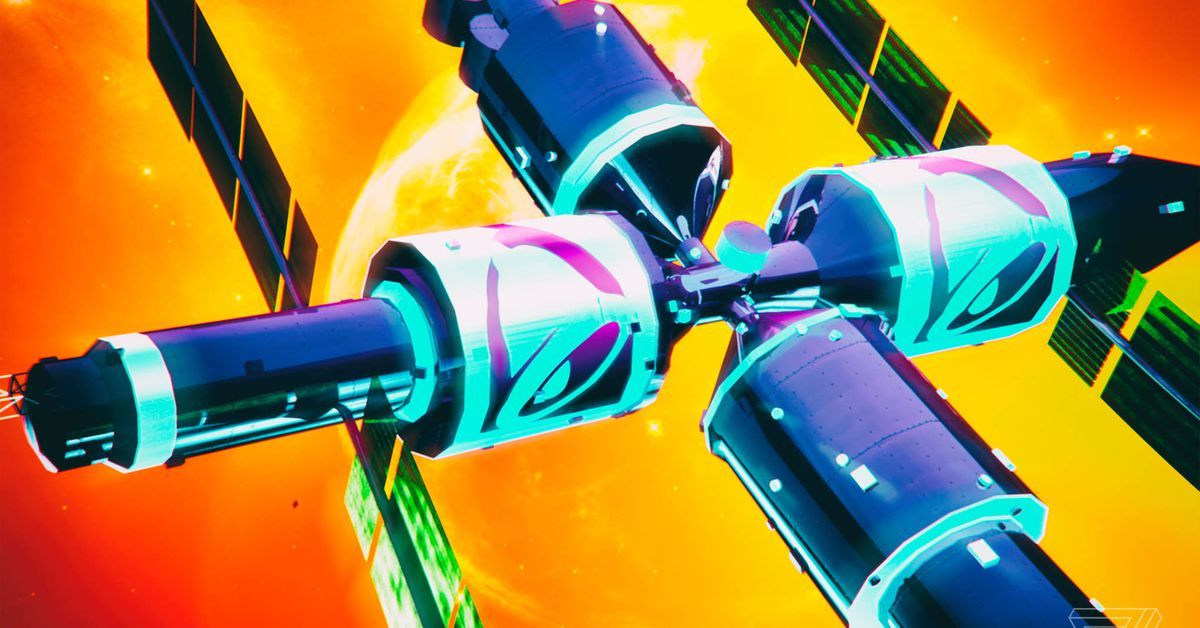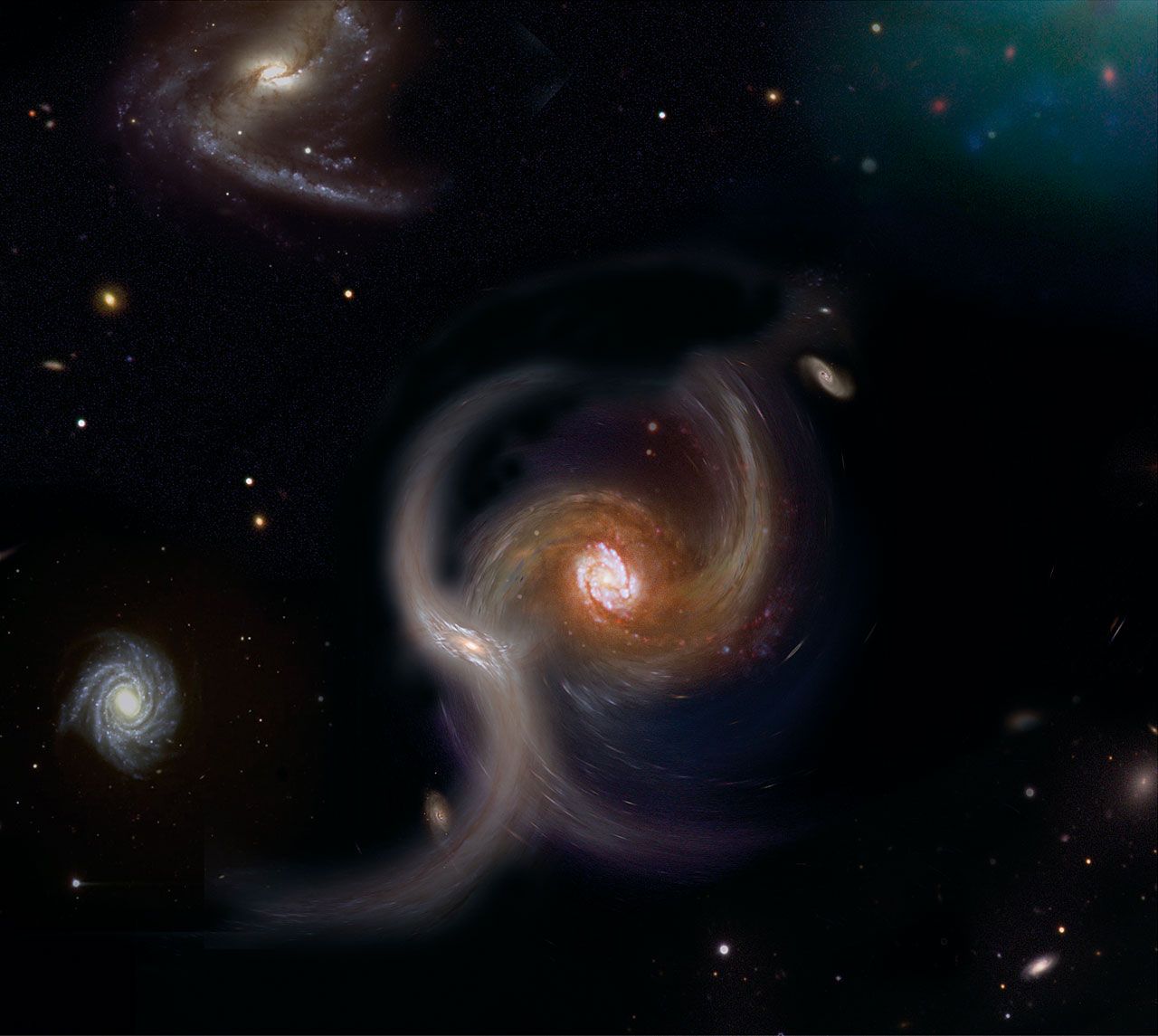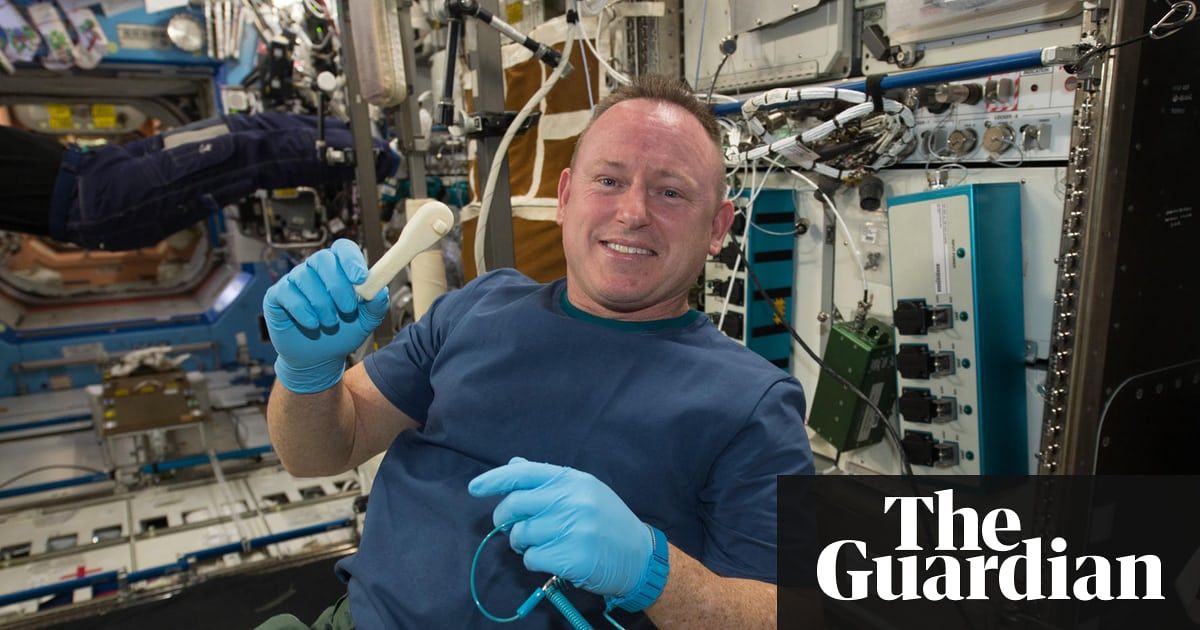Scheduled for first light in the 2020s, a powerful new class of giant telescopes will study the Universe in more detail than ever before — as long as their adaptive optics systems can sharpen their view. ESO’s Laser Systems group is currently undertaking field tests with a specialised laser at the Observatorio del Roque de los Muchachos, at La Palma on the Canary Islands. One of their goals is to make laser guide stars even brighter for large and extremely large telescopes, such as ESO’s ELT and the Giant Magellan Telescope. To find out more, we spoke to Domenico Bonaccini Calia, a physicist from ESO’s Laser Systems Department with over 20 years of experience.







